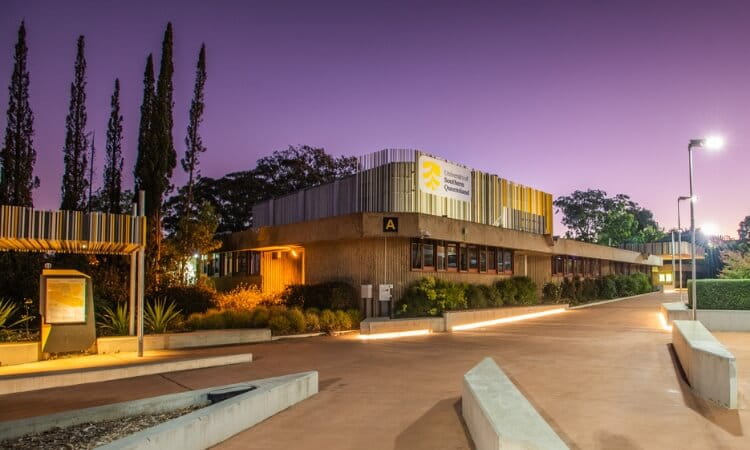The best of the annual meteor showers, the Geminids, will rain down on the atmosphere this month, putting on a mighty show for avid night sky watchers.
University of Southern Queensland astrophysicist Professor Jonti Horner will be one of many with his eyes focused upwards when the shower hits its expected peak on the night of December 14.
“The Geminids have been one of the year’s best showers for decades and they continue to grow stronger and stronger,” Professor Horner said.
“The Geminids are fragments of a 'rock comet' - an asteroid called 3200 Phaethon.
“Phaethon’s surface is alternately baking hot (reaching 750°C when closest to the Sun) and then bitterly cold, plunging well below freezing.
“This cycle is likely the cause of the Geminid meteor shower with the surface continually expanding and contracting due to the wild temperature swings, causing the rocks to fracture and shatter over time.
“Every year, the Earth runs through the debris left behind by Phaethon over a roughly two week period, from around December 4 to 17.”
Professor Horner said for most of that time, the debris would be sparse as Earth was in the outer regions of the debris stream, but that will change on December 14 in 2022.
“That’s when we are going through the denser material near the middle of the stream, and that's why we get the peak of the shower,” he said.
“Over the decades, the debris’ orbit around the Sun is slowly changing, pivoting around under the gravitational influence of all the other objects in our planetary system.
“Slowly but surely, that precession is bringing the densest core of the debris stream closer to Earth meaning we get a more impressive shower each year.”
The Moon might throw a spanner in the works in 2022.
“This year, the Moon interferes to some degree - so the best viewing will be just before moonrise,” Professor Horner said.
“On the night of the peak, the Moon will rise at about 11:30pm. From then the fainter meteors from the shower will get washed out by its glare - but the Geminids are such a good shower that they will put on a great show even once the Moon is above the horizon!”
Professor Horner recommended people head to planetarium sources such as Stellarium to work out the best time to watch from wherever they’re observing.
Learn about the University of Southern Queensland’s Centre for Astrophysics.


